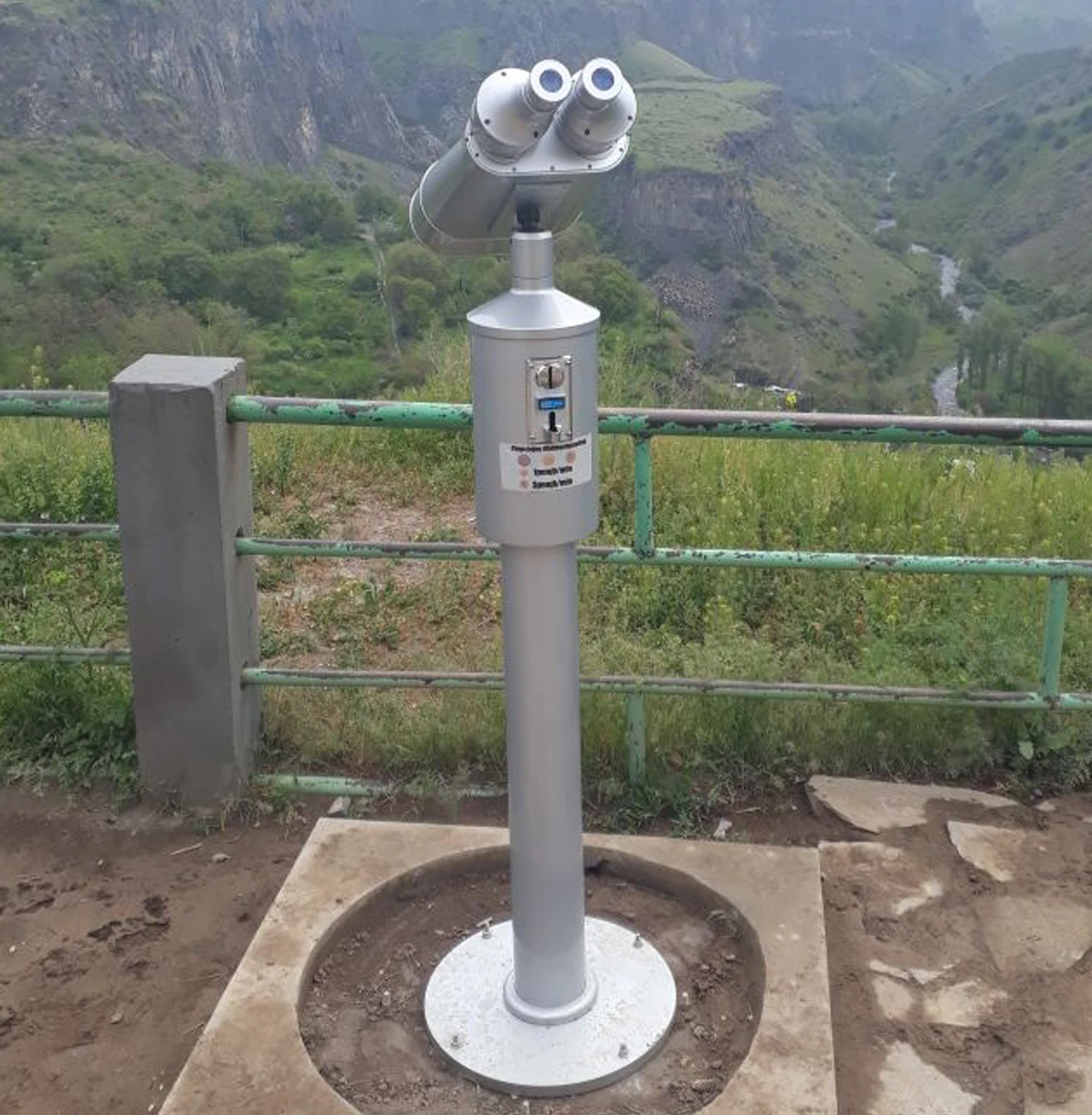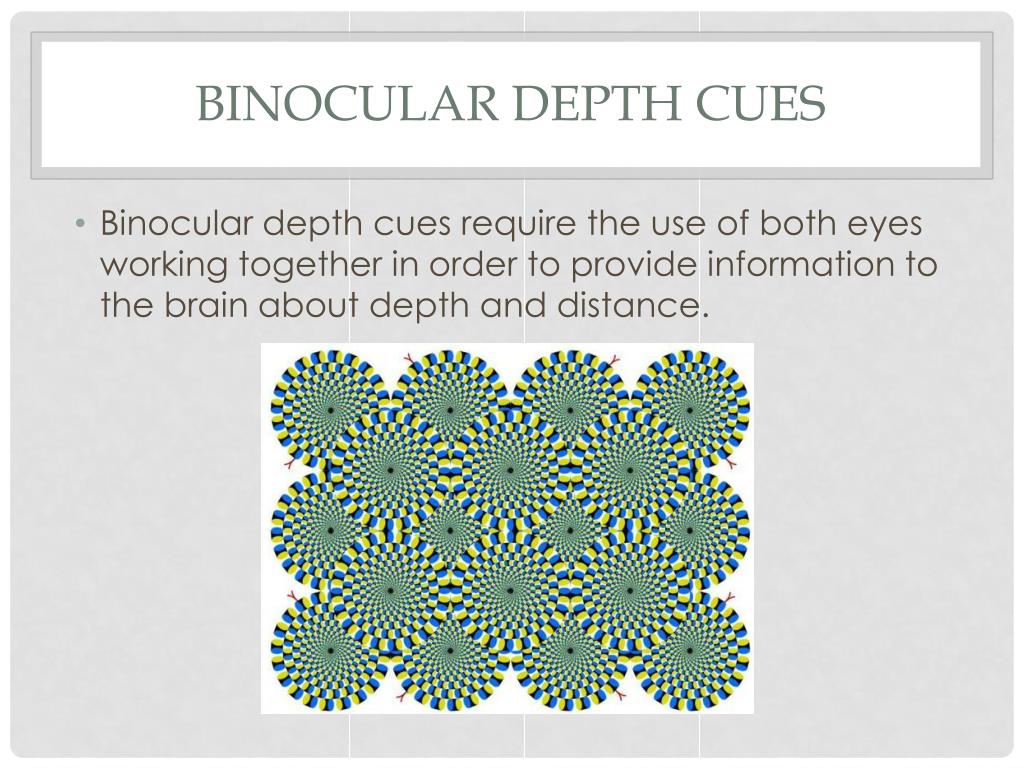

So when we see an object whose size shouldn’t change becoming larger or smaller, we interpret that as a distance cue (closer or farther). Relative size: Over the years, we have learned the normal sizes of various objects. Artists have been using that representation since, and “primitive art” is often described as art that does not use perspective. Renaissance artists discovered that they could reproduce this phenomenon on a two-dimensional canvas. We know that the tracks do not converge they are parallel throughout, but when we look down the tracks, it appears that they converge to a single point. This is also clearly illustrated by the roads in the above picture, giving us the perception of a 3D world. Looking down a set of railroad tracks is a good example. Linear perspective is the monocular cue provided by the convergence of lines toward a single point on the horizon. Accommodation occurs in both eyes, but it is still a monocular cue, because one eye alone would give the same information as would both. The effort required provides the brain with information about distance of the object. Depending on the distance of that object, the ciliary muscles contracts more (for close-up object) or less (for distant object) to focus.

This is because of monocular cues that help us to gauge the distance of an object. Some of these monocular cues are as follows:Īccommodation: The ciliary muscles inside the eye adjust the shape of the lens so that we can focus on an object. Monocular cues – 3D information from a single eye. With one eye closed, we can still perceive the world in 3D and move around without crashing into things. Beyond that, our eye separation does not give a great enough difference in images to be useful in depth perception. These binocular cues are most effective for objects up to 6 m away. This is why some people may feel uncomfortable when watching 3D movies. However, the brain does not receive any cues from convergence as it normally would. Try holding your finger 10 cm in front of your eyes and focusing on it, you will feel the eye muscles at work much sooner than if your finger is 50 cm away.ģD movies make use of binocular disparity by providing each eye with a different image to create the 3D effect. The extra effort used by the muscles on the outside of each eyeball gives a clue to the brain about how far away the object is. Depending on the distance of the object, the eyes will converge more (for colse-up object) or less (for distant object). This can be very useful when trying to catch fast-moving prey.Ĭonvergence: When the two eyes focus on the same object, they will agle inwards towards each other (convergence). Animals with greater eye separation, such as hammerhead sharks, can have a much greater depth perception. The visual cortex of our brain processes the disparities to yield depth perception.

Such positional differences are referred to as binocular disparities. The differences are mainly in the relative positions of objects in the two images(as shown in the right figure). Stereopsis, or retinal (binocular) disparity, or binocular parallax: Because our eyes (and that of many animals) are located at different lateral positions on the head, binocular vision results in two slightly different images of the same scene projected onto the retinas of the eyes. There are two main binocular cues that help us to perceive depth: Such information includes those that involve both eyes (binocular cues) and those that involve only one eye (monocular cues). This actually occurs at the visual cortex of our brain with information coming from our eyes. Depth perception is our ability to perceive the world in three dimensions (3D), and to gauge how far away an object is.


 0 kommentar(er)
0 kommentar(er)
